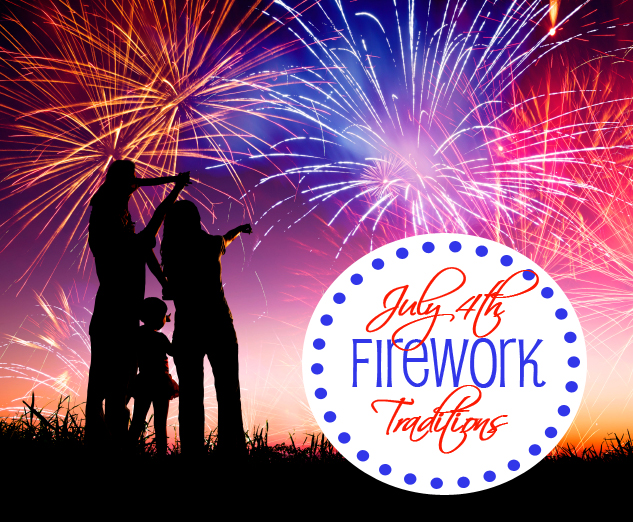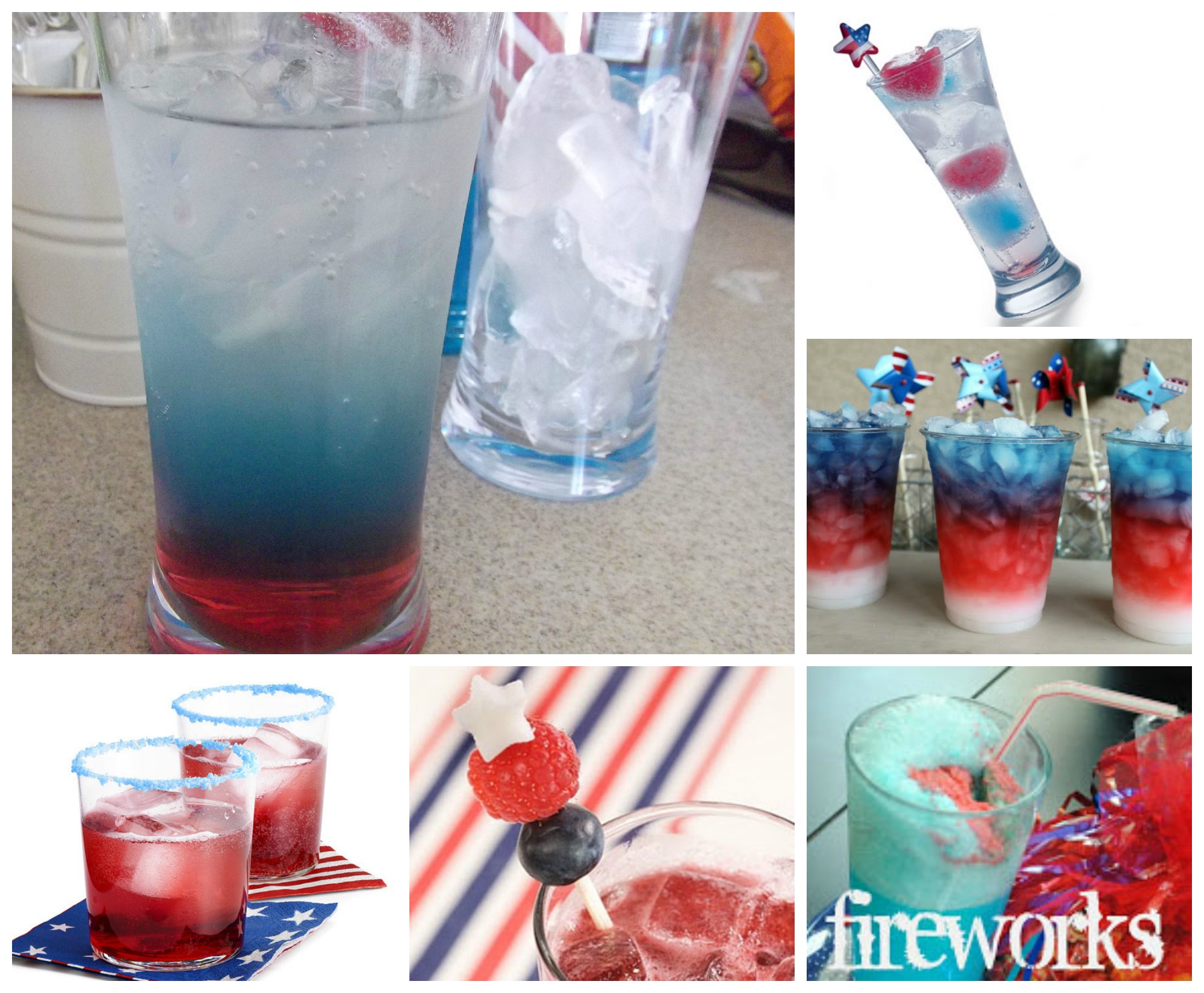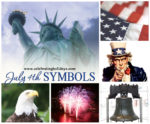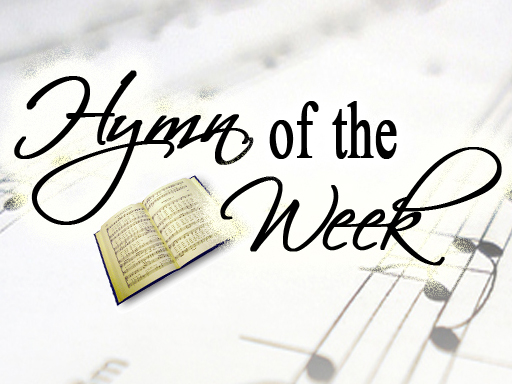Fireworks
The earliest known documentation of fireworks, or more specifically “firecrackers,” dates back to 7th century China when they were noted for their loud sound. Over time, technology developed, and by 1264, Chinese records make mention of a rocket propelled firework that scared the Empress Dowager. Not surprisingly, the Chinese were also credited with discovering gun powder, a substance similar to that used in fireworks.

How They Work
Fireworks go off with a bang because they contain a substance called black powder. When a flame makes contact with the powder, it explodes. For aerial displays, black powder is generally mixed with metallic salts that produce colors when they burn. For example, lithium salts produce red, sodium salts produce yellow and copper salts produce blue.
Black powder and metallic salts are compressed into pellets called “stars” and are placed in a shell made out of paper (or other substance that burns easily). The shell is propelled into the air with gunpowder or compressed air (a method pioneered by Disneyland in 2004), and a special time fuse ignites the stars for a beautiful fireworks display
Celebrations
With time, fireworks made their way to Europe (possibly brought from China by the Italian explorer Marco Polo) and were used to celebrate significant events like military victories, religious festivals, and the crowning of kings and queens.
Because of its association with important events, the science of firework making developed into a respected profession. Experienced fireworks handlers, called “firemasters,” were known to create dazzling displays of light and sound. But, it was usually their assistants who had the dangerous job of setting them off. Sadly, it was common for these assistants to be seriously injured or even killed.
Despite their danger, fireworks have never ceased to be a popular form of entertainment and a joyous part of celebrations. Early American settlers brought their enthusiasm for fireworks to the continent and used them for various occasions throughout colonial history. However, the first anniversary celebrations of independence in 1777 marked the most widespread use of fireworks in a shared American celebration, and the tradition continues to this day.
This page was created by:

Back to main July 4th Symbols page.
We welcome your ideas! If you have suggestions on how to improve this page, please contact us.
You may freely use this content if you cite the source and/or link back to this page.






